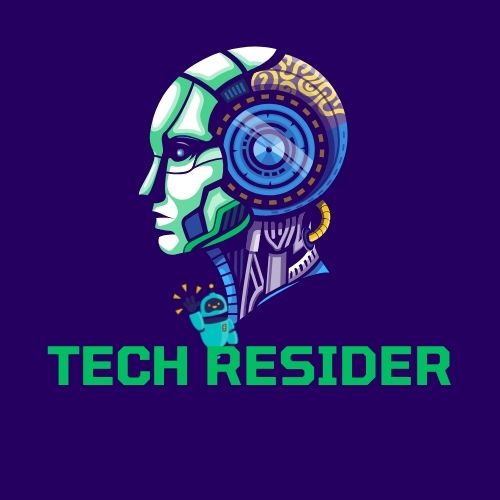LinkedIn has transcended its roots as a mere digital resume platform to become the powerhouse social network for professionals. With over 830 million users and a hyper-focused B2B environment, it presents a goldmine for companies seeking to attract clients, showcase expertise, and build a talent pipeline.
But navigating the LinkedIn landscape demands a well-defined content strategy, tailored to the specific needs and nuances of your industry. This article delves into the art of crafting a robust LinkedIn content strategy for four critical sectors: IT, Engineering, Medical Device, and Pharmaceutical.
Understanding the Audience: Tailoring Content for Diverse Minds
Each industry attracts a unique professional demographic with distinct interests and information needs. To resonate with your target audience, you must first understand them.
- IT professionals: Tech-savvy and constantly updating their knowledge, they crave insights into industry trends, new technologies, and career growth opportunities.
- Engineers: Analytical and detail-oriented, they’re drawn to problem-solving content, case studies, and technical discussions.
- Medical Device and Pharmaceutical professionals: Highly regulated and focused on patient safety, they seek thought leadership on research updates, regulatory changes, and industry best practices.
Building a Content Pillars: The Cornerstones of Engagement
With your audience in mind, it’s time to construct the pillars of your content strategy.
- Thought Leadership: Position yourself as an industry authority by sharing original insights, research findings, and expert opinions. Publish articles, infographics, and presentations showcasing your expertise.
- Company Culture: Give your audience a glimpse into your unique work environment, employee values, and team dynamics. Share employee stories, celebrate achievements, and showcase your commitment to diversity and inclusion.
- Industry Trends and News: Stay ahead of the curve by providing curated content on relevant industry trends, news, and updates. Share articles, reports, and commentary from credible sources, adding your own valuable insights.
- Recruitment and Talent Magnet: Attract top talent by showcasing your employer brand, highlighting career opportunities, and sharing employee testimonials. Post job openings, host live Q&A sessions with hiring managers, and share career advice for professionals in your industry.
The Power of Storytelling: Capturing Attention and Driving Engagement
Dry, technical content rarely gets shared or liked. Injecting compelling storytelling into your content strategy is key to capturing attention and fostering engagement.
- Humanize your brand: Share behind-the-scenes glimpses, employee spotlights, and success stories that showcase the human faces behind your company.
- Use case studies and success stories: Quantify your impact by highlighting how your solutions or services have benefited clients and patients.
- Leverage video and visual content: Infographics, short videos, and interactive presentations can break up text-heavy content and make it more visually appealing.
Engaging the Platform: Optimizing for Reach and Impact
Once you’ve crafted your content, it’s time to ensure it reaches the right eyes. Utilize these LinkedIn features to maximize your reach and impact:
- Hashtags: Research and strategically use relevant industry hashtags to improve discoverability.
- LinkedIn Groups: Join and actively participate in industry-specific groups to share your content and engage with potential clients and talent.
- Pulse articles: Publish original articles on LinkedIn Pulse to reach a wider audience and establish yourself as a thought leader.
- Employee Advocacy: Encourage your employees to share your company’s content on their own profiles, amplifying your reach.
Measuring Success: Analyzing and Adapting for Continuous Growth
Tracking and analyzing your content’s performance is crucial for continuous improvement. Utilize LinkedIn’s built-in analytics tools to monitor post engagement, reach, and audience demographics. Regularly adjust your strategy based on data insights, focusing on formats and topics that resonate best with your target audience.
Conclusion: From LinkedIn Learner to Masterclass Mentor
By understanding your audience, building strong content pillars, and leveraging the platform’s features, you can transform your LinkedIn presence from a mere profile page to a dynamic hub for client engagement, talent attraction, and industry thought leadership. Remember, consistency is key – regularly posting high-quality content is the cornerstone of LinkedIn success. So, unleash your inner content masterclass mentor, conquer the LinkedIn landscape, and watch your business and brand flourish in the exciting world of B2B social media.
